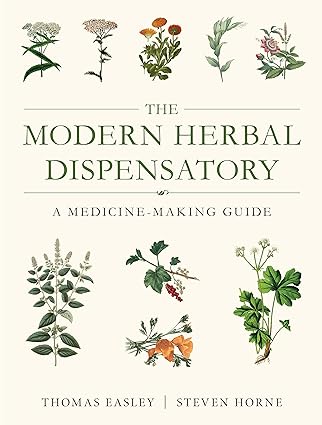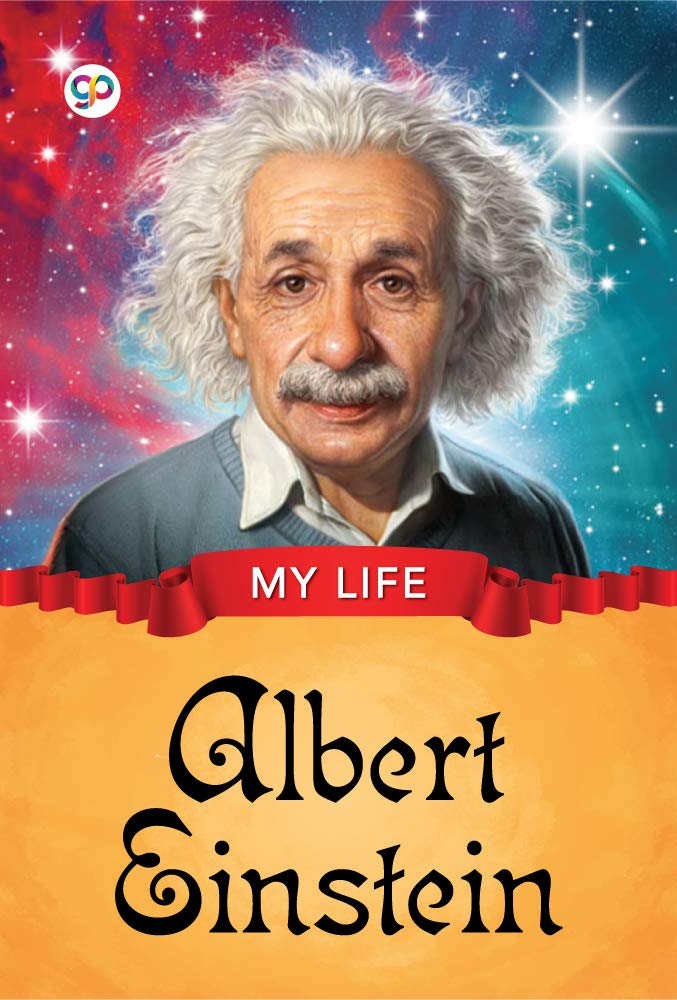
51 Must Know Facts About Human Body
The human body is an incredible living, breathing, moving, eating, thinking and interactive machine. Your body is an unimaginable gift, inside which there are millions of profound parts working together amazingly to keep you alive in a healthy and active way. Each body is an individual with its own unique personality differences, yet is constructed and works in a very similar manner. There are still some wondrous mysteries that have not yet been figured out. The human body is pretty smart when you think about all the things it does. Human beings are unlike most other creatures—walk upright on two legs and create ideas using brains and hands. The body grows bigger, builds new body parts to replace old ones, repairs itself if it gets injured, has special parts to sense light, sounds, smells, tastes and objects. Learn and explore the most fascinating facts about your body with ‘51 Must Know Facts about Human Body’. Discover the sensational systems and senses, magnificent structures, all revealed in an exciting, simplified and intriguing approach. You will be impelled to care for your wonderful body, once you find out the amazing things it does for you!
BEST DEALS
About the Author
Read Sample
FACT 1
Humans have a remarkable ability to adapt to a variety of lifestyles in contrasting locations. We may appear different from the outside, with our own individualities, but under the skin, our bodies look the same and work in identical ways.
FACT 2
Human body is the most complex of all organisms, able to perform an extraordinary range of functions, and is made up of more than 100,000 billion microscopic living units called cells, each with its own unique complexities, and each of which can divide up to 50 times before dying. Similar cells join together (mitosis) to form a tissue, two or more tissues make an organ, which are linked together to create twelve body systems. An estimated 50,000 cells are replaced every second in the human body by means of cellular division.
FACT 3
The study of anatomy explores body structures, showing that internally all bodies are constructed in the similar way—except for differences between males and females. Artists of Renaissance, such as Leonardo da Vinci (1452-1519), were among the first to make precise drawings of bones for the study of anatomy. The skeletal system is a strong structure made up of 206 bones and their supporting ligaments and cartilage. It gives the body form, protects the internal organs and makes movement possible.
FACT 4
The bones store minerals and produce blood cells in the bone marrow. The total number of bones in the adult body is usually 206 and the number of teeth is 32. A small bone is capable of supporting up to 9 tons without breaking. 3 mm is the length of the shortest bone in the body—the Stirrup, a bone in the ear. The thigh bone called the Femur, is the largest bone in the human body—48 cm in length. The most flexible joint in the entire human body is the shoulder joint. Over a person’s lifetime the bones are continuously regenerated—this process continues even after reaching maturity. The weight of an average human head is 4 kg, representing about 7% of the total body weight. Hands and feet contain more than half of the bones in the entire body.
FACT 5
Consists of a series of bones chained together (vertebrae)—the spinal column lends support to the body and forms a protective inner channel through which the spinal cord runs. The ribs shield the vital internal organs, which include the heart and lungs. The sounds made by joints, such as the cracking of knuckles are caused by an explosive release of gas that permits shock-absorbing fluid to flow in. The only bone in the human body that does not form a joint with any other bone is the bone in the throat called the hyoid bone. It helps keep the trachea open and forms a connection with your tongue muscles. Bones are also natural healers. Calcium keeps the bones strong and healthy. The pelvis is the biggest bone in the body, made up of 6 bones held closely together. The male pelvis is smaller and narrower than the female pelvis.
FACT 6
Making up 40% of the body weight—the muscles are organs that shape and protect the body. They are formed by millions of muscle fibers, neatly arranged in rows. They are divided into striated, smooth and in a unique case, cardiac. The 650 skeletal striated muscles are attached to the bones to permit voluntary movements, which are consciously directed by the brain.
FACT 7
Even the ears and eyes have got muscles. The eye muscles are the most active ones, as they carry out about 100,000 movements per day. The strongest muscles in the body are the muscles called the masseters that we use for chewing our food. The smooth muscles also get directed by the brain but their motion is not voluntary, as in the case of digestion. Taking a step requires the use of 200 muscles. The heart is made up of cardiac muscle that beats automatically, 24 hours a day and never tires.
FACT 8
Fingers do not have muscles, but they have tendons—strings that join fingers to the arm muscles that make them move. The longest muscle in the body is the Sartorius which crosses and acts upon both the hip as well as the knee joints. The biggest muscle is the gluteus maximus, located in the buttock area. This muscle enables the movement of the hip as well as the thigh. Facial muscles help us form different facial expressions. During the process of cellular respiration, muscles use oxygen to produce energy from simple sugars like glucose. Exercising leads to an increase in our muscular and skeletal mass, improves muscle strength and flexibility.
FACT 9
Tongue is a hard worker in the body. It is considered the strongest muscle in the body and is made up of eight pairs of muscles but does not contain a bone. The tongue muscles help change the shape of the tongue by lengthening or shortening it, curling or uncurling it, and flattening and rounding its surface. The surface of the tongue can distinguish sweet, salty, sour and bitter flavours. There are about 10,000 taste buds on the tongue. It helps to eat and swallow food. It bends and contorts to help us form speech. It constantly releases saliva down the throat, even when we sleep. It contains lingual tonsils that filter out germs.
FACT 10
Human brain is made up of tiny nerve cells, and is the most complex organ in the entire body that can store up to one quadrillion pieces of information. Though it represents only 2% of the total body weight, it keeps the body working and allows it to think, solve problems, learn and move in a well balanced way. Actions are controlled by the brain via a network of nerves that stretches throughout the body. Brain is a soft, spongy organ which is protected by a hard case known as the skull. Brain consists of three main parts: the cerebrum, cerebellum and brain stem. It uses 20% of the total oxygen and blood in the body, and it can only survive 4-6 minutes without oxygen.
FACT 11
When we are fast asleep, that is when the brain is most active and busy gathering old memories, making new ones and connecting all those memories to your new ones. It also uses this time to detox itself and move recently gathered information to the long-term memory bank. Around 7,000 brain cells die as we reach the age of 35. The quality of food we consume over the lifetime affects the brain’s functioning and structure. When we learn something new, we create a new connection, which results in the brain changing its structure.

![Cleansing Therapy: Cure Yourself [Print Replica]](https://free-ebooks.info/public/books/B07TSWZW5D.jpg)










